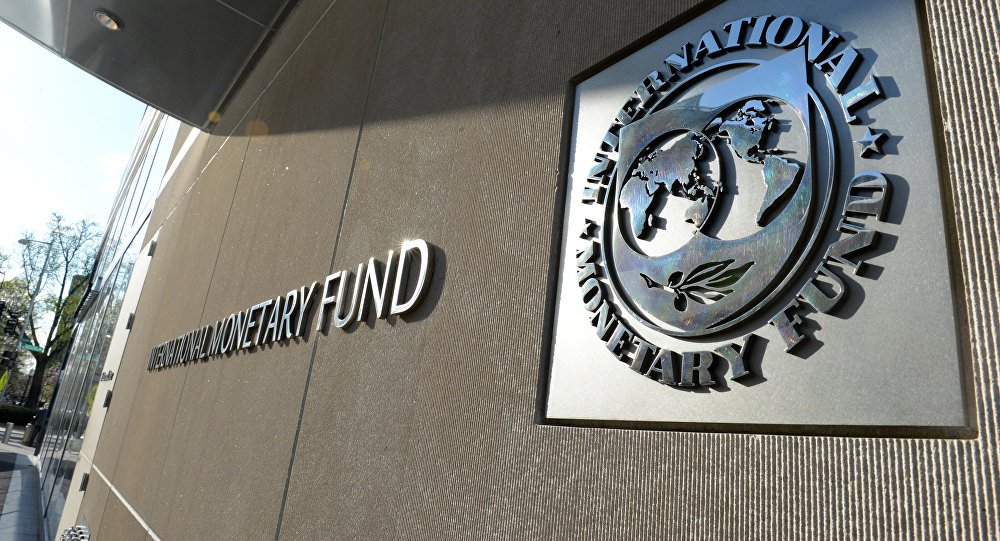Nigeria, Other African Nations Face $290bn Financing Gap — IMF
The International Monetary Fund (IMF) has stated that Nigeria and other Sub-Saharan African countries are facing significant financing gap of $290 billion between now and 2023.
IMF disclosed this in its latest Regional Economic Outlook for Sub-Saharan Africa on Friday, noting that without external financing assistance many of the countries in the region would not be able maintain macroeconomic stability and meet the basic needs of their people
The Fund stated: “The region faces a significant financing gap. Without significant additional external financial assistance, many countries will struggle to maintain macroeconomic stability and meet the basic needs of their people.”
The Bretton-wood institution stressed the need for transformative reforms to promote resilience including revenue mobilization, digitalization, and fostering better transparency and governance.
Director of IMF’s African Department, Abebe Aemro Selassie noted that Sub-Saharan Africa was contending with unprecedented health and economic crisis.
Selassie said, “In just a few months, this crisis has jeopardized years of hard-won region’s development gains and upended the lives and livelihoods of millions.
“The onset of the pandemic was delayed in Sub-Saharan Africa, and infection rates have been relatively low compared to other parts of the world.

“If private financial inflows remain below their pre-crisis level and even taking into account existing commitments from international financial institutions and official bilateral creditors the Sub-Saharan Africa could face a gap in the order of $290 billion over 2020-23.”
On the outlook for Sub-Saharan Africa, the IMF director said: “Looking forward, regional growth is forecast at 3.1 percent in 2021. This is a smaller expansion than expected in much of the rest of the world, partly reflecting sub-Saharan Africa’s relatively limited policy space within which to sustain a fiscal expansion.
Selassie identified key drivers of next year’s growth to include: improvement in exports and commodity prices as the world economy recovers, along with a recovery in both private consumption and investment.


Comments are closed.